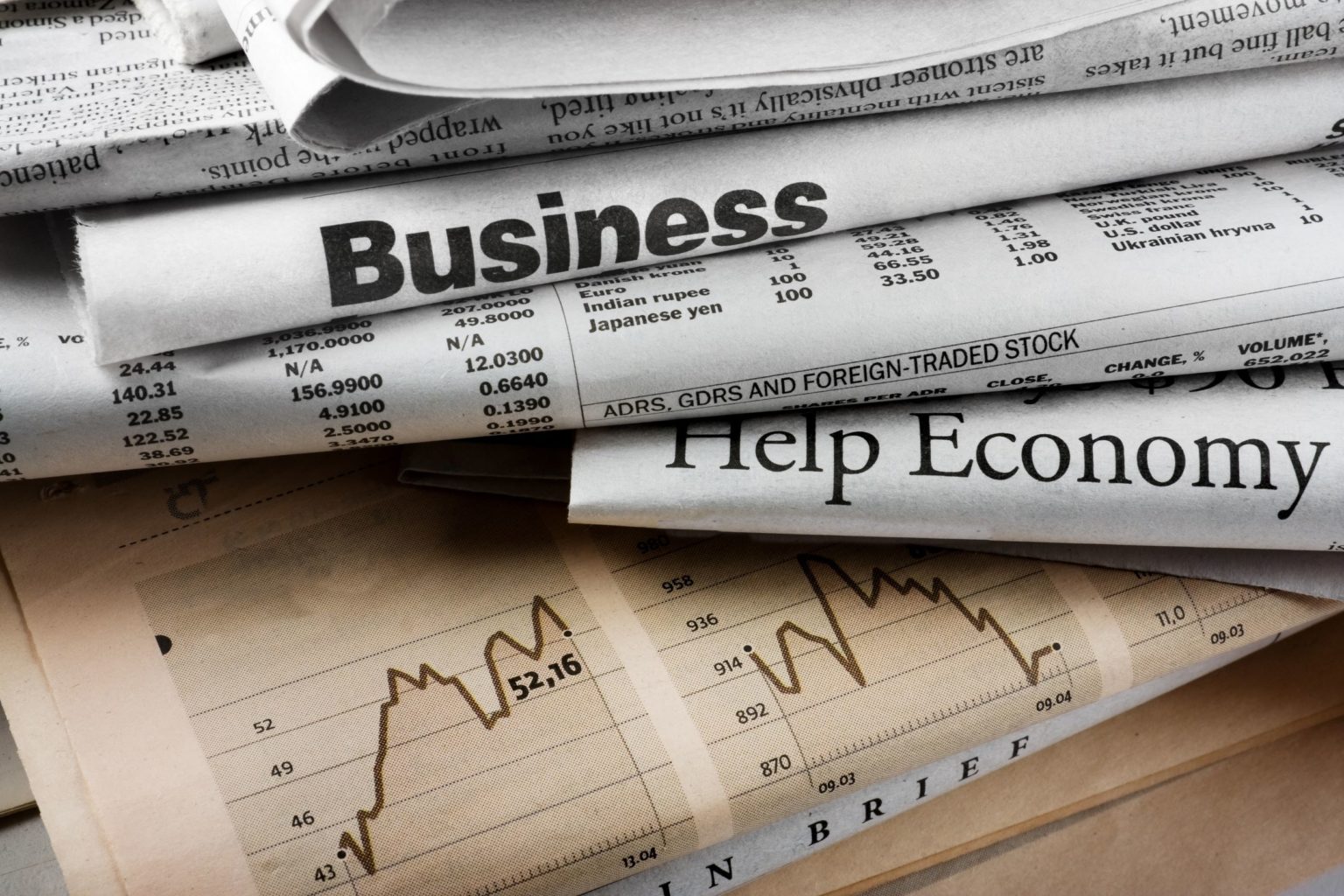I spent the first five years of my professional life as a television reporter, and I am astounded by how much the journalism industry has changed since I ventured into public relations 12 years ago. This was largely apparent pre-COVID-19, but the changes in the media industry since March have been colossal – and not in a good way.
At a time when information is more essential than ever, the industry responsible for providing such information is struggling. Let’s start with some truths:
• Demand for news is up. When the news is heavy, people want it more. What’s heavier than a pandemic paired with a renewed fight for racial justice and a contentious November election?
• Advertising across traditional U.S. news outlets is plummeting. It is estimated that ad revenue for traditional media outlets will be down 25-35% this year.
• Media outlets are cutting staff, consolidating and even closing. Advertising revenue accounts for approximately 70% of the funding for most newspapers. Nearly a dozen Minnesota newspapers have closed since the onset of COVID-19. Minnesota Public Radio recently announced it was laying off more than two dozen employees. Expect this trend to continue.
Instead of stepping on my soapbox* and urging people to support journalism by subscribing to news outlets and taking out ads (both of which are important), I’m going to take the “what does this mean for business” approach.
1. Media relations is taking on a new definition
Although its credibility has taken a hit over the past few years, news media is still the most credible form of communication according to the American public. However, as newsrooms shrink and newsworthy stories grow, getting a story placed in the media is becoming more challenging. There are simply not enough reporters to cover the onslaught of story ideas that flow into a newsroom each day. Media relations experts need to work even harder to get the attention of journalists for proactive story ideas and refrain from flooding their inboxes with irrelevant pitches. They also need to sharpen their reactive media skills as hard news becomes more dominant and feature stories fall by the wayside.
2. Relationships are key
In a time where in-person human connection is lacking, having personal relationships with members of the media is key. It’s a major advantage when a reporter recognizes your name in their inbox as a trusted source who offers strong story ideas.
3. Storytelling should be multi-faceted
If you’re only using one tool in your communications toolbox, you’re probably not getting the results you’re hoping for. Consider all the communications tools available and execute as many as appropriate. This includes media relations, paid media, digital communications, social media, video, podcasting and much more.
4. Businesses that pay attention will be most successful
The media landscape will continue to change rapidly. To be successful, businesses must react to and adjust their communications strategies accordingly. The strategies that got businesses attention five years ago are not as viable today, and they certainly won’t be as effective five years from now. Companies need to continually assess their strategies and invest in their owned media channels and communications methods.
5. Tone is more important than ever
With everything going on in the world, the public is expecting an incredibly high amount of transparency and authenticity from organizations and their leaders. Your tone and voice are just as important as what you have to say. Make sure your messages reflect your organizational values and the best version of your brand’s personality.
While the media industry – along with much of the nation – is in crisis, businesses can position themselves for success by building relationships with the reporters that matter most, developing a well-rounded approach to their communications efforts, and paying attention to the constantly-moving target of how people communicate.
*Back on the soapbox: Journalists are an essential part of our communities. Over the past few months, I’ve been inspired by and grateful for the work they continue to do to keep us informed during a pandemic, document social change and hold officials accountable. Thank you!
